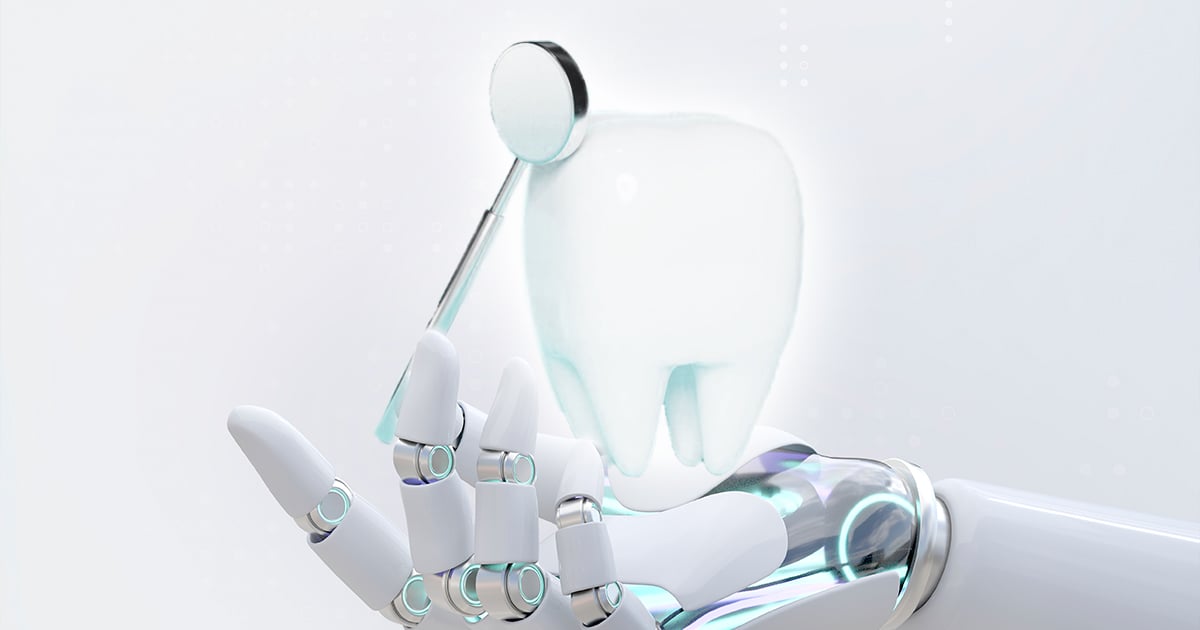Artificial Intelligence in Oral Medicine: Advancements and Challenges
Special Issue Information
Dear Colleagues,
Artificial intelligence (AI), particularly machine learning and deep learning, is rapidly transforming oral medicine. These technologies offer immense potential for improving diagnostic accuracy and efficiency in clinical image analysis and documentation. However, significant challenges remain. This Special Issue of Oral seeks to explore both the advancements and challenges of AI in oral medicine. We invite submissions that address topics including, but not limited to, the following:
- Developing robust and generalizable AI models for diverse dental clinical settings;
- Overcoming legal, ethical, and financial hurdles to AI implementation;
- Integrating AI into existing dental workflows and practices;
- Evaluating the impact of AI on patient outcomes and experiences;
- Addressing bias and fairness in AI algorithms for oral healthcare;
- Exploring the future of AI in oral medicine education.
We encourage submissions from researchers, clinicians, educators, and other stakeholders engaged in the development and application of AI in oral medicine. By fostering a deeper understanding of the potential as well as the limitations of this transformative technology, we aim to accelerate its responsible adoption and contribute to improved oral healthcare for all.
Dr. Xiaoyuan Han
Guest Editor
Manuscript Submission Information
Manuscripts should be submitted online at www.mdpi.com by registering and logging in to this website. Once you are registered, click here to go to the submission form. Manuscripts can be submitted until the deadline. All submissions that pass pre-check are peer-reviewed. Accepted papers will be published continuously in the journal (as soon as accepted) and will be listed together on the special issue website. Research articles, review articles as well as short communications are invited. For planned papers, a title and short abstract (about 250 words) can be sent to the Editorial Office for assessment.
Submitted manuscripts should not have been published previously, nor be under consideration for publication elsewhere (except conference proceedings papers). All manuscripts are thoroughly refereed through a single-blind peer-review process. A guide for authors and other relevant information for submission of manuscripts is available on the Instructions for Authors page. Oral is an international peer-reviewed open access semimonthly journal published by MDPI.
Please visit the Instructions for Authors page before submitting a manuscript. The Article Processing Charge (APC) for publication in this open access journal is 1200 CHF (Swiss Francs). Submitted papers should be well formatted and use good English. Authors may use MDPI's English editing service prior to publication or during author revisions.
Keywords
- AI models for diverse dental clinical settings
- AI algorithms for oral healthcare
- AI in oral medicine education

Benefits of Publishing in a Special Issue
- Ease of navigation: Grouping papers by topic helps scholars navigate broad scope journals more efficiently.
- Greater discoverability: Special Issues support the reach and impact of scientific research. Articles in Special Issues are more discoverable and cited more frequently.
- Expansion of research network: Special Issues facilitate connections among authors, fostering scientific collaborations.
- External promotion: Articles in Special Issues are often promoted through the journal's social media, increasing their visibility.
- e-Book format: Special Issues with more than 10 articles can be published as dedicated e-books, ensuring wide and rapid dissemination.

